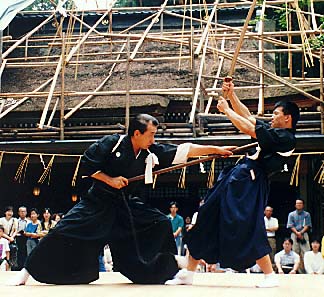Dear E-Budo Members,
What is the relationship between the founders and what are the technical similarities / differences between Araki ryu, Shin Araki ryu, Araki Shin ryu http://www.jujutsu.com/jujutsu/htm/Frame19.htm and Yagyu Shingan ryu Araki Do (International Hoplology Society Guide to Classical Martial Ryu of Japan - No. 1, page 9)?
Thank you very much.
Sincerely,
Kevin T. Tanemura


 Likes:
Likes: 


 Reply With Quote
Reply With Quote

